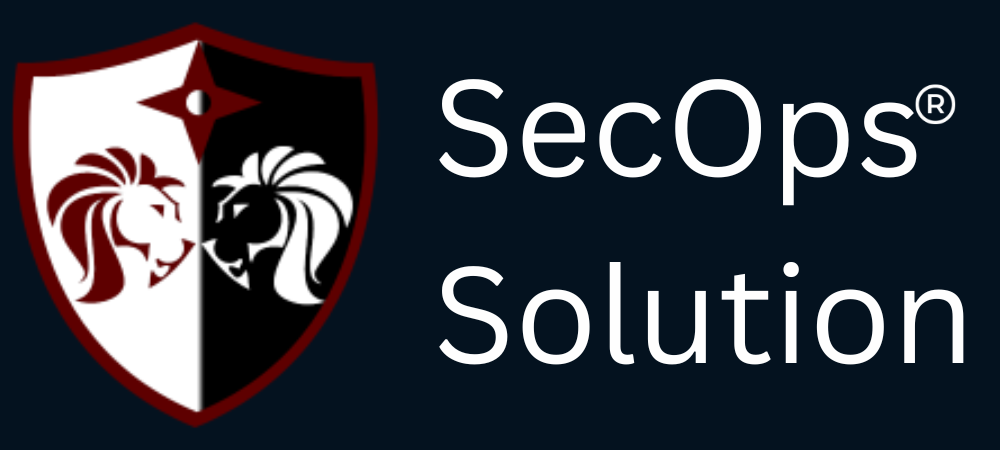
Agentless security for your infrastructure and applications - to build faster, more securely and in a fraction of the operational cost of other solutions

hello@secopsolution.com

Critical Information Infrastructure (CII) forms the backbone of a nation’s digital economy and societal functioning. In Singapore, protecting these infrastructures is a national priority, as outlined in the Cybersecurity Act of 2018 and further elaborated through the Cybersecurity Code of Practice for Critical Information Infrastructure (CII Code). These regulations impose a robust set of security controls to help organizations in sectors such as energy, healthcare, banking, transport, and telecommunications protect themselves from ever-evolving cyber threats.
In this blog, we’ll break down what these CII-specific security controls are, why they matter, and how platforms like SecOps Solution can help you comply with them.
Under Singapore’s Cybersecurity Act, Critical Information Infrastructure refers to systems that are necessary for the continuous delivery of essential services that the loss or compromise of which would have a debilitating effect on the national security, economy, public health, or safety.
Sectors classified under CII include:
Operators of CIIs, known as CII Owners, are legally obligated to adopt specific cybersecurity measures.
The Cybersecurity Code of Practice for CII (2022 Revision), issued by the Cyber Security Agency (CSA) of Singapore, mandates CII owners to implement a set of controls categorized across several domains. Here’s a breakdown of the most critical control areas:
Failure to comply with the CII Code may result in:
Compliance isn’t just about ticking boxes—it’s about protecting national interests and maintaining business continuity.
SecOps Solution is designed to streamline and simplify your CII cybersecurity journey. Here's how:
SecOps Solution continuously scans your infrastructure for vulnerabilities and automates patch deployment based on severity, helping you meet the 14-day patching requirement outlined in the CII Code.
With an agentless approach, SecOps helps you maintain a real-time, accurate asset inventory and track configuration changes—crucial for complying with asset and configuration management mandates.
SecOps enables centralized log collection, real-time threat detection, and seamless integration with SIEM tools, ensuring your logging and incident monitoring requirements are fully covered.
It prioritizes vulnerabilities and misconfigurations based on business risk and compliance impact, giving you actionable insights and reporting dashboards for audits and CSA submissions.
Whether it's MFA enforcement, user access audits, or configuration hardening, SecOps provides built-in compliance checks tailored to Singapore’s CII Code of Practice.
SecOps is compatible with on-premises, hybrid, and cloud environments, ensuring easy deployment across different parts of your critical infrastructure.
With rising cyber threats and stringent regulatory oversight, protecting Singapore’s CII is no longer optional—it’s a strategic imperative. The Cybersecurity Code of Practice for CII sets a high bar, but with the right tools and practices, compliance is within reach.
SecOps Solution empowers your organization to align with Singapore’s CII-specific controls while improving your overall security posture. From automated patching and real-time monitoring to audit-ready compliance reports, it brings both peace of mind and operational efficiency.
SecOps Solution is a Full-stack Patch and Vulnerability Management Platform that helps organizations identify, prioritize, and remediate security vulnerabilities and misconfigurations in seconds.
To learn more, get in touch.